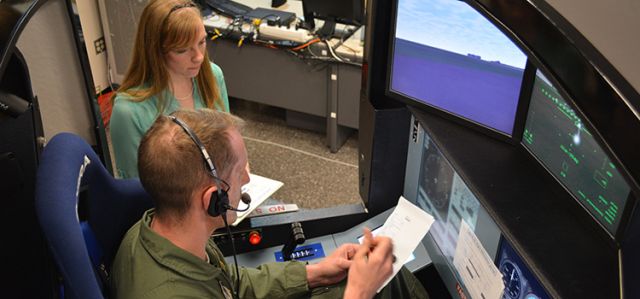Document Type
Conference Paper
Publication Date
9-2014
Publication Source
27th Annual Congress of the International Society for Technology in Arthroplasty
Abstract
Current modeling techniques have been used to model the Reverse Total Shoulder Arthroplasty (RTSA) to account for the geometric changes implemented after RTSA. Though these models have provided insight into the effects of geometric changes from RTSA these is still a limitation of understanding muscle function after RTSA on a patient-specific basis. The goal of this study sought to overcome this limitation by developing an approach to calibrate patient-specific muscle strength for an RTSA subject.
Document Version
Published Version
Copyright
Copyright © 2014, International Society for Technology in Arthroplasty
Publisher
International Society for Technology in Arthroplasty
Place of Publication
Kyoto, Japan
Peer Reviewed
yes
eCommons Citation
Walker, David; Kinney, Allison; Fregly, Benjamin J.; Wright, Thomas; and Banks, Scott, "A Novel Approach to Estimation of Patient-Specific Muscle Strength" (2014). Mechanical and Aerospace Engineering Faculty Publications. 20.
https://ecommons.udayton.edu/mee_fac_pub/20
Included in
Biomechanics Commons, Biomedical Engineering and Bioengineering Commons, Exercise Science Commons, Mechanical Engineering Commons, Other Kinesiology Commons




Comments
The document is made available for download with permission from the publisher. Permission documentation is on file.